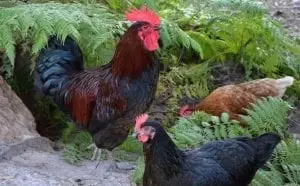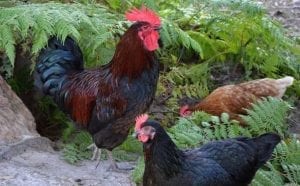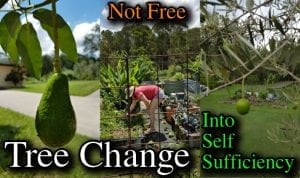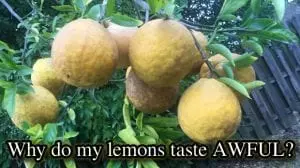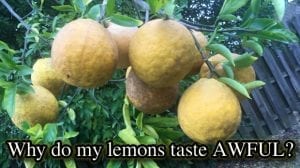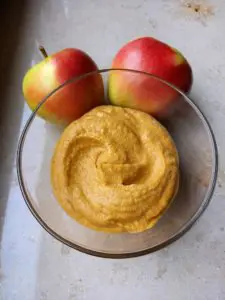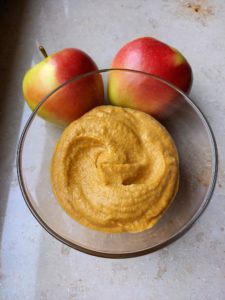Gall wasp is a problem to all types of citrus trees in many parts of Australia. Whether you grow limes, lemons, oranges, finger limes or hybrids, this common pest can infiltrate and damage your precious fruit trees without you even realising it. Originating in the subtropical northern NSW-seQLD area, this is a pest that you may not even recognise if you don’t know what to look for. As with most things in gardening, forearmed is forewarned, so let’s get to know gall wasp and how to treat it.
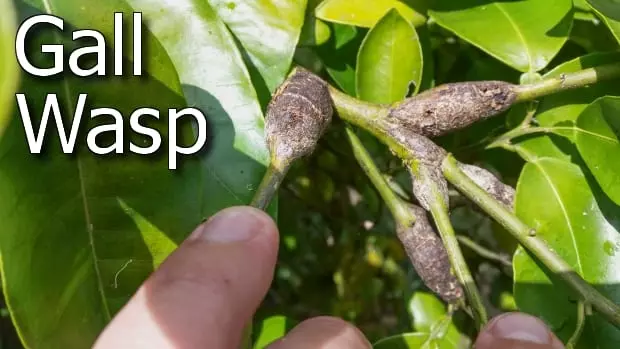
What is Gall Wasp?
This is a small wasp that lays their eggs in the softer, new branch growth of citrus trees. Gall wasps attack fresh growth and are particularly damaging to young trees, as the galls stunt their development. While gall wasp won’t generally kill trees, severe and repeated infestation in established trees can reduce vigour & fruiting, plus cause dieback.
What Does Gall Wasp Do?
Gall wasps attack by making a tiny hole in a young branch then depositing their eggs in the soft tissue. The larvae feed on this citrus stem tissue as they grow. The tree then recognises this as damage, and grows over the entry hole, thereby creating a ‘gall’. As the eggs mature into larvae the gall swells and begins to look like a lump. After around 9 months the wasps are ready to be born, and chew their way out of the branch, causing further damage to the tree.

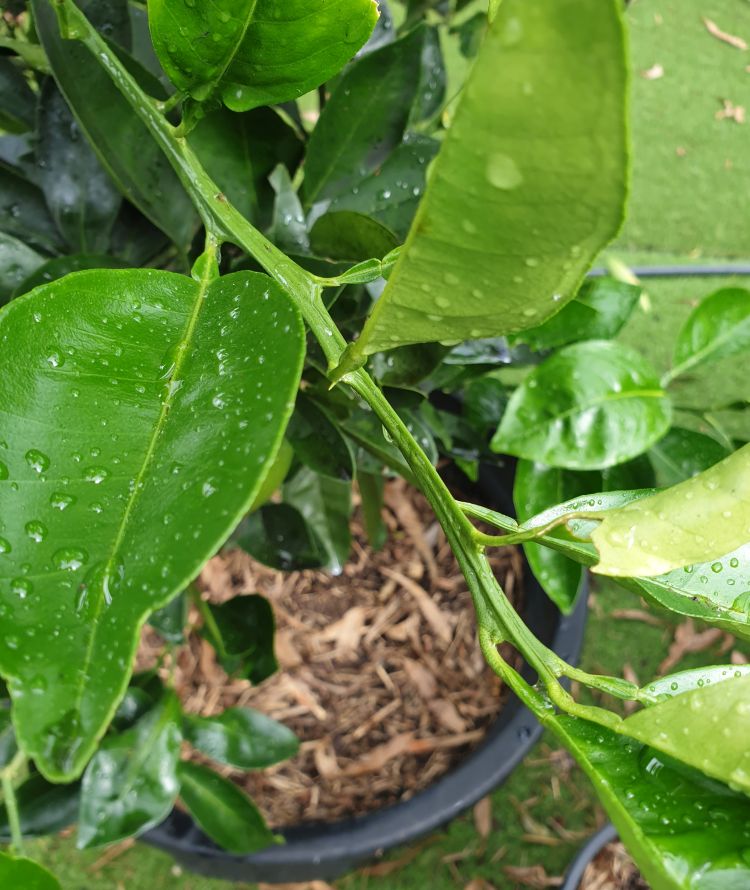
Don’t mistake the galls for random lumps or some kind of growth node; they’re not! Healthy citrus branches and stems should look like the one shown above. Straight, of relatively even colour, without any odd spots, lumps, abrasions or visible insect activity.
When & Where can Gall Wasp Occur?
Gall wasp specifically attacks citrus trees and is most often seen during spring and summer. Having said that, there are many reports of year-round gall wasp, so its occurrence and severity is likely a result of your individual location, microclimate and general garden environment. Gall wasp has spread from its native location throughout several states, including South Australia, Victoria and Western Australia.
Adult citrus gall wasps emerge from the galls in spring – usually between mid October to mid December in southern Australia, and are most abundant for about a month – from late October to mid November. Once the wasp has emerged, it will mate within a week then lay its own eggs (up to 100!) in citrus tree stems.
How to Combat Gall Wasp
Gall wasp is an easy fix that doesn’t require the use of pesticides. Bear in mind that pesticides are indiscriminate, so will also kill all the bees & other pollinating insects plus any valuable predator insects. This destroys the balanced ecosystem that we as organic gardeners work hard to establish.
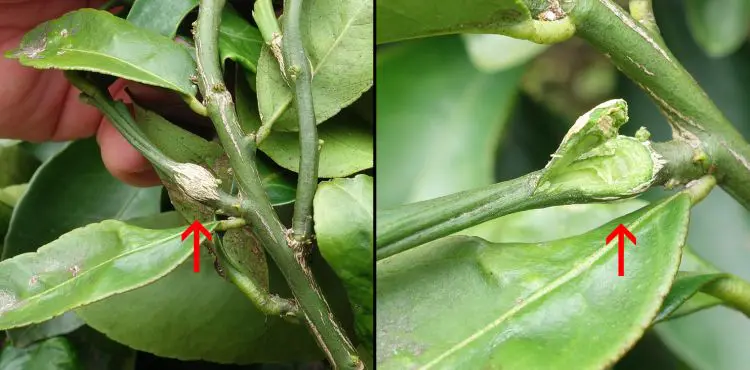
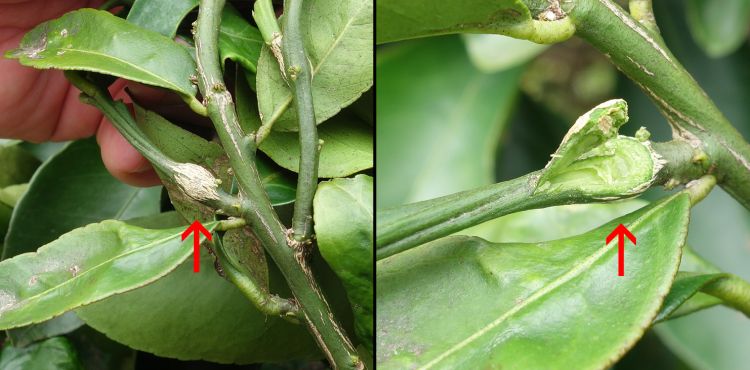
There are two ways to combat gall wasp. Traditionally, stems with galls would be cut off and either burned or discarded. Composting or chipping these infected prunings is not recommended, because the galls can stay alive and potentially re-infect your other citrus. You can also solarise the infected branches by sealing them in a plastic bag and leaving it out in the sun for at least 4 days, or simply bin the infected prunings.
These days, people are slicing through the sides of the galls and leaving the branch in place. This allows the tree to recover more quickly and continue it’s natural growth. Slicing the gall exposes the undeveloped wasp eggs to the air and kills them, as shown below. The slicing itself is very quick and easy to do. Use a vegetable peeler or stanley knife to slice each side of the gall off– it’s just like peeling a potato. Note that the slicing does not cause lasting damage to the tree, as the stem tissue will gradually repair itself.

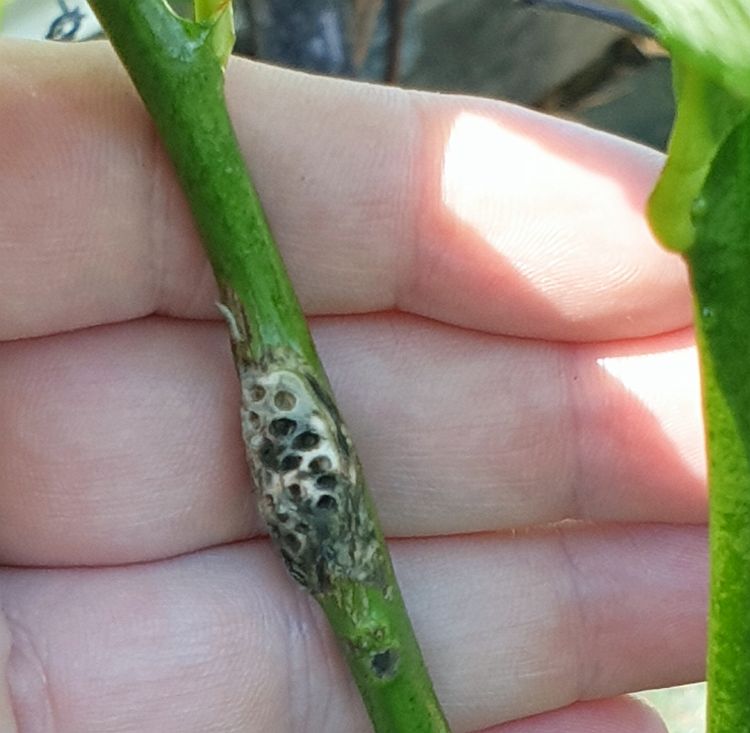
Gall wasp tend to return to the same tree or trees year after year, so constant vigilance is key. Make sure you check your citrus trees at least weekly, taking time to inspect stems carefully. Gall wasps do have natural predators which are parasitic wasps. These wasps (Megastigmus brevivalvus and M. trisulcus) insert their eggs directly into the eggs of gall wasps where they slowly develop in the host larva, eventually killing it. Note that the use of any chemicals in the garden may also affect the Megastigmus. To read about other pests that may affect your citrus trees, check out our Summer Citrus Tree Care guide.

